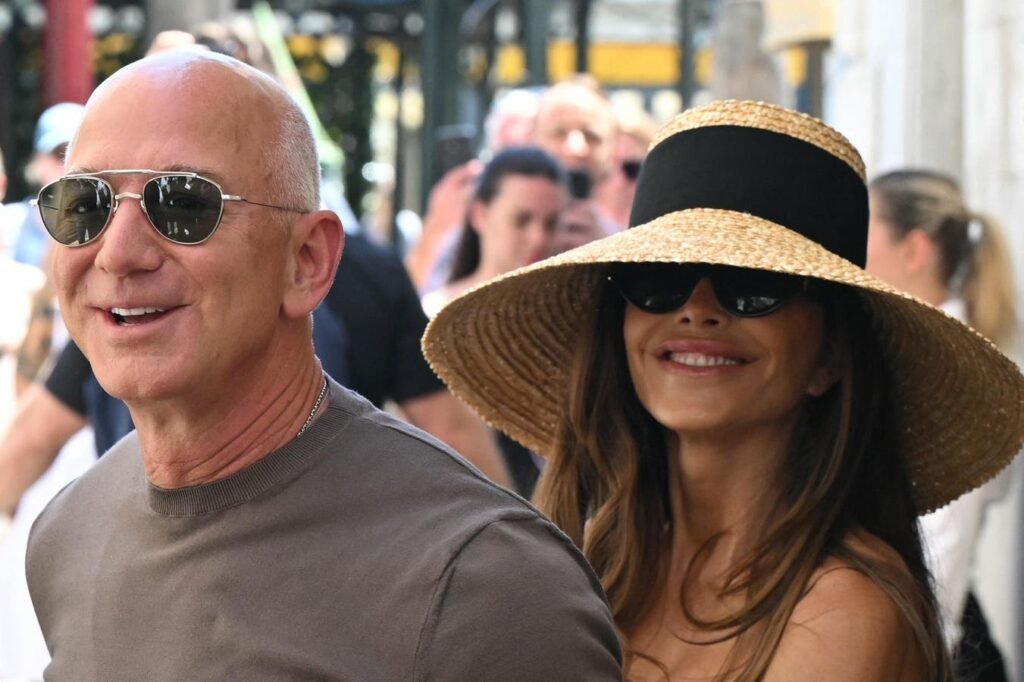This week, Tesla investor and social media influencer Sawyer Merritt posted a 30-second video clip on X (formerly Twitter) of himself hailing one of the first “robotaxis”, a small fleet of driverless Teslas that Elon Musk has deployed to the baking tarmac of Austin, the Texas capital, in a bid to revolutionise transport and rescue his company’s struggling stock value.
In a sycophantic follow-up post, after apparently taking 20 robotaxi rides, Merritt wrote: “No interventions, no critical safety issues. All my rides were smooth and comfortable. Thank you, Tesla, for letting me be a part of this experience … This is the start of a new era.” But videos also began circulating online that showed the robotaxis veering into oncoming lanes, slamming on their brakes in the middle of traffic, and, in one alarming test performed by safety advocates, failing to stop for a school bus and hitting a child-sized mannequin. Federal regulators are now pressing Tesla for answers.
Musk, meanwhile, said the launch was the “culmination of a decade of hard work”. His robotaxis have become the latest flashpoint in Austin’s uneasy relationship with Big Tech: a city once proud of its countercultural roots is now grappling with what happens when tech empires set the pace for growth, policy, and even public safety.
I recently wrote a book about how the tech boom has reshaped the city, driving up house prices, displacing communities, and threatening the very individuality that once defined it.
Musk isn’t just a part of this story: he’s become its most audacious character. His rapid expansion across Texas – from the sprawling Gigafactory just outside Austin, and his fledgling “company town” in Bastrop, 30 minutes from the capital, to his private Starbase city on the Gulf coast – is transforming the state’s physical, economic, and political landscape.
According to a report in The Dallas Morning News last year, Musk’s companies drive approximately $11.1bn (£8.1bn) per year in statewide economic activity. He’s now the largest private employer in Austin. His vision may be bold, but as Musk’s influence grows, so too do the questions about regulation, environmental impact, and who gets to define a place.
‘Keep America Great Without the Crazy’
Morris and Evelyn Tanner, both 80 years old, had never been to a protest before. But then Donald Trump got the keys to the White House, and Elon Musk took over the small town of Bastrop, where they live.
The Tanners had lived in Duncanville, just outside Dallas, for a quarter of a century, but retired a few years ago to this sleepy town, half an hour’s drive east of Austin, to be near their daughter Ellen, an artist and environmentalist.
Evelyn, a retired youth minister, had always voted Democrat; Morris, a retired US Air Force colonel, considered himself an independent. When they first relocated, Morris didn’t think too much about Musk’s move to Texas.
“My take was that electric cars were a good thing,” he says. “But I thought the reason he came to Texas was to avoid the environmental and labour regulations that existed in California.”
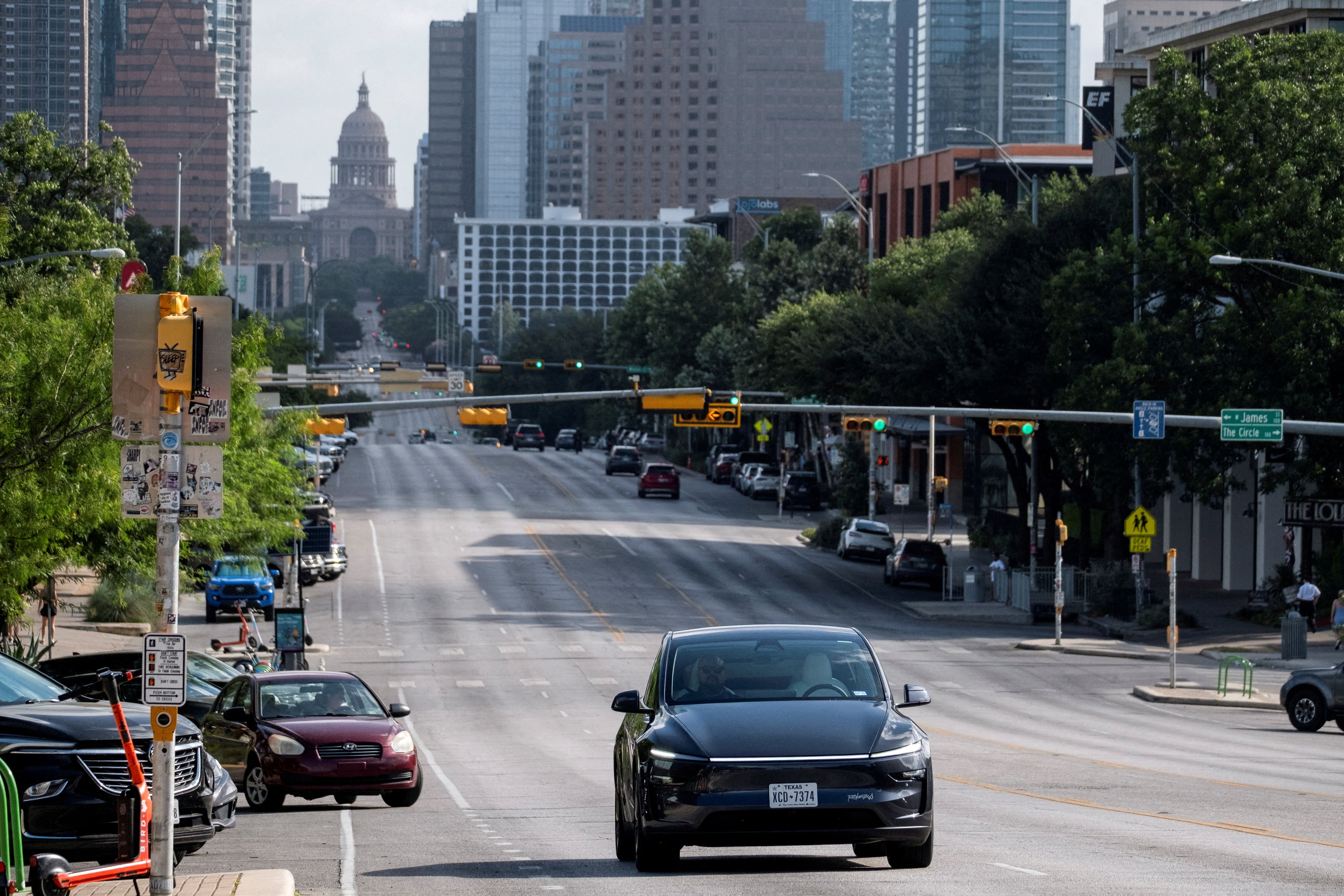
Fast-forward to 2025, and after Trump gave Musk carte blanche to wield his proverbial chainsaw within the federal government, firing or laying off thousands, both Morris and Evelyn decided they had seen enough. Morris feels that America has taken a significant step away from democracy.
Since then, the couple have joined protests in the town every Thursday. One such demonstration last month saw 170 people show up to stand on the Chestnut Street bridge over the Colorado River. “Keep America Great Without the Crazy”, read one sign; “No Kings”, read another.
Ellen Tanner, who was there with her parents, says while there were no counterprotesters on the bridge itself, people “cruised past multiple times expressing their displeasure, giving us the middle finger or thumbs down”. But she says she was also surprised, particularly in this rural part of Texas, that half the reactions from passers-by were positive.
Divide and conquer
It’s fair to say Musk has divided the town, with environmentalists and Democrats on one side, and Trump voters, Musk supporters, and possibly those benefiting financially from the boom on the other. “So many people here work for Tesla or SpaceX. These are people whose livelihood depends on him,” Ellen says. And some of them, perhaps, feel stuck in the middle.
Bastrop lies just 30 miles east of Musk’s 10 million sq ft Tesla “Gigafactory”, a grey concrete and glass monstrosity set just off the same stretch of Highway 71. Just before you reach the town, if you take a left off the main road and head towards the river, you’ll find more vast warehouses: one contains Musk’s Boring Company, which bores huge tunnels to facilitate underground city transit systems; another houses a division of SpaceX that is making components for Starlink satellites; a third is set to be the headquarters of X, the social media company once known as Twitter, which Musk bought in the autumn of 2022 for $44bn and subsequently renamed.
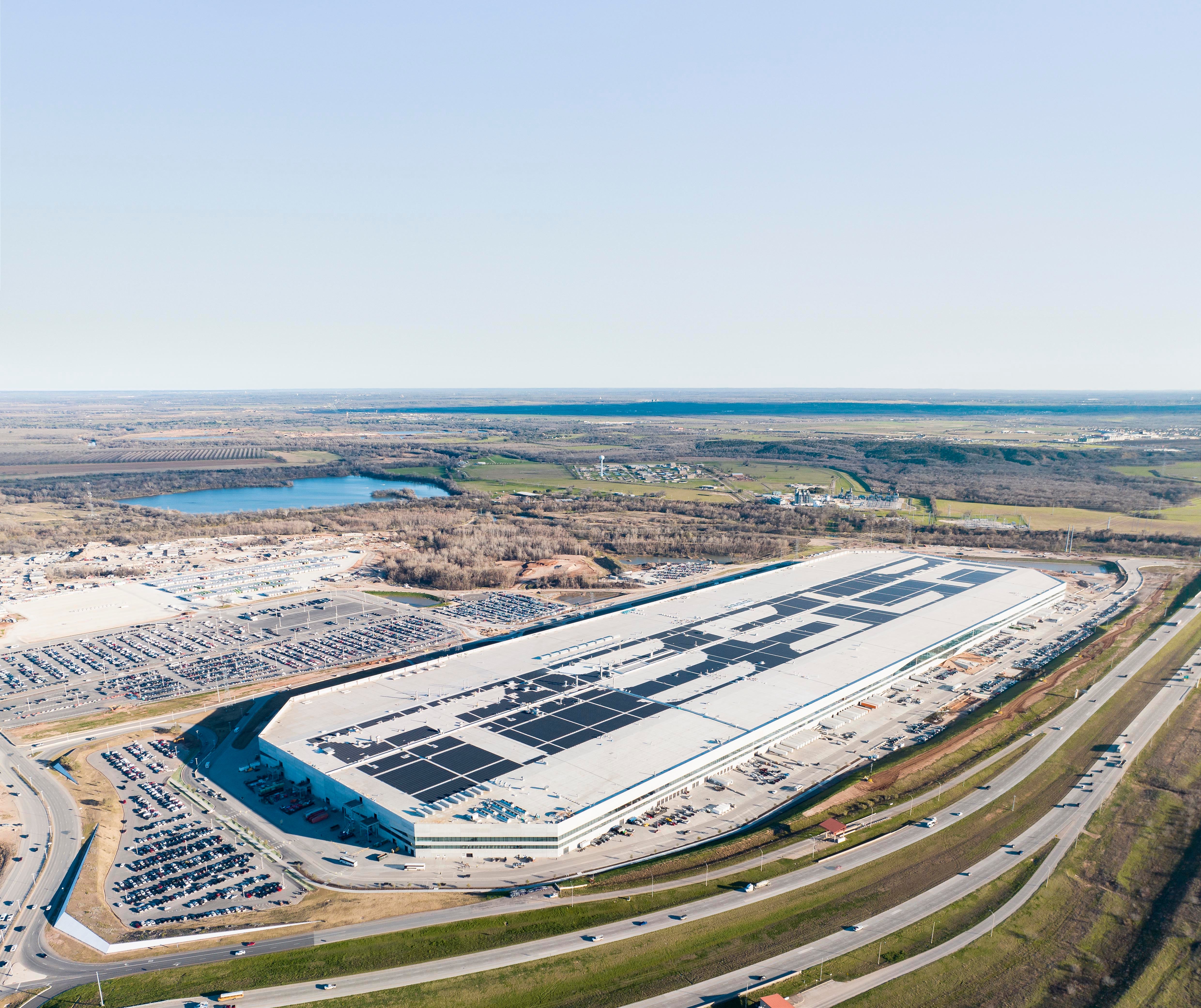
Further south, in Boca Chica, a peninsula tucked into the southeastern tip of Texas where the Rio Grande River empties into the Gulf of Mexico, Musk has established Starbase, the headquarters of SpaceX, which includes offices, a planned 1 million sq ft factory, a shopping centre and restaurants, not to mention a launchpad for the rockets. In early May, residents there (mostly SpaceX employees) voted to incorporate Starbase as an official Texas city.
Musk is not alone in his move to Texas from California: many have been attracted by the fact that the state has no income tax. Tesla’s Texas factory could produce three times as many vehicles as the one on the west coast, Musk said, and it would employ up to 20,000 people. In a barbed swipe at Gavin Newsom, California’s governor, he described him as the “U-Haul salesman of the year”, joking that everyone was packing up and leaving and would therefore be in need of the removal truck rental company.
The rise of the company town – or a hostile takeover?
Musk is also, apparently, bringing back the “company town” – a quirk of the industrial age, when mining companies and manufacturing businesses built settlements to house (and control) their workforce. Although “Snailbrook” currently comprises little more than a general store and a scattering of mobile homes behind the Boring Company warehouse in Bastrop, it could be the beginning of a purpose-built community with housing for more than 100 workers.
At Bastrop, like Starbase, the plan is for Musk employees to live fully on site: they will work there, play there, and raise their families there. But as Musk seemingly lurches further to the right, is he sowing division that could permanently tear these communities apart?
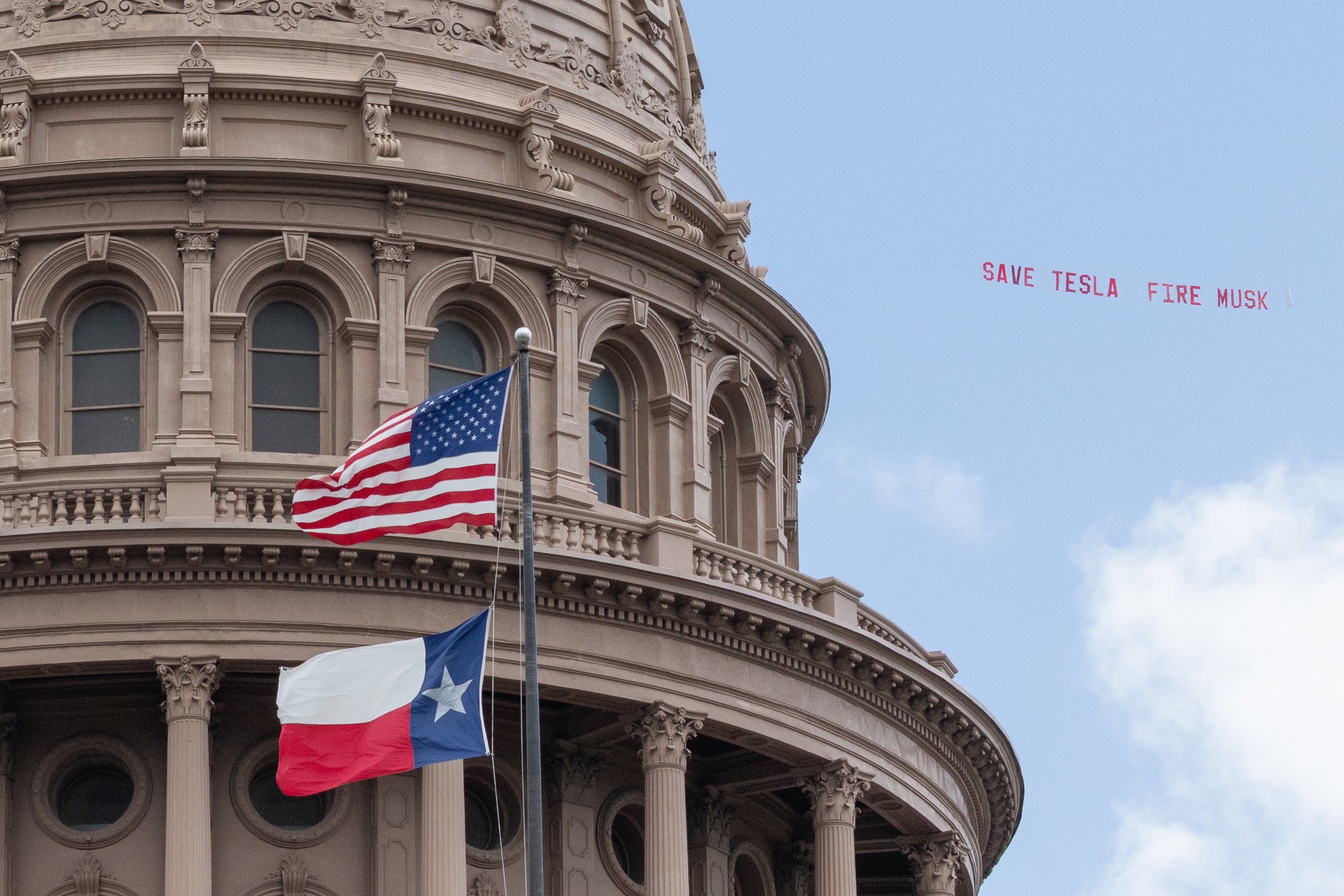
Skip Connett likens Musk’s move to Bastrop to a “hostile takeover”. Together with his wife, Erin Flynn, Connett runs an organic farm with locations in Austin and Bastrop. The couple used to joke about the “California muskrat tunnelling towards us and that nothing could stop it”. Today, says Connett, it’s not so funny.
“It used to be quiet, and pretty easy to think about driving down a country road here. But today the roads have become so treacherous, with all the gravel trucks and the number of cars that have just probably doubled in the last two or three years on roads that were never [designed for them]. So the infrastructure is trying to play catch-up,” he says. “Our lives and our livelihood are impacted every day … and we feel that the whole community has been taken over.”
Connett says that when he and Flynn bought their farm in Bastrop, land was affordable. “Now it’s changed in a matter of just three years. It was planned for recreation and agritourism. Now it’s just an industrial site. I think it was hyper-growth, hyper-development, in a way that is so unnatural, particularly to a rural community.”
Flynn says that before Musk’s arrival, there was a mixture of people living in Bastrop – “everyone from University of Texas graduates who were doing creative things and couldn’t afford to live in Austin – musicians, artists – and also families that have lived there for generations. Musk did say that he was going to invest in more parks and quality of life, but right now what we’re experiencing is just trucks, and crowds, and a lot of building and noise.”
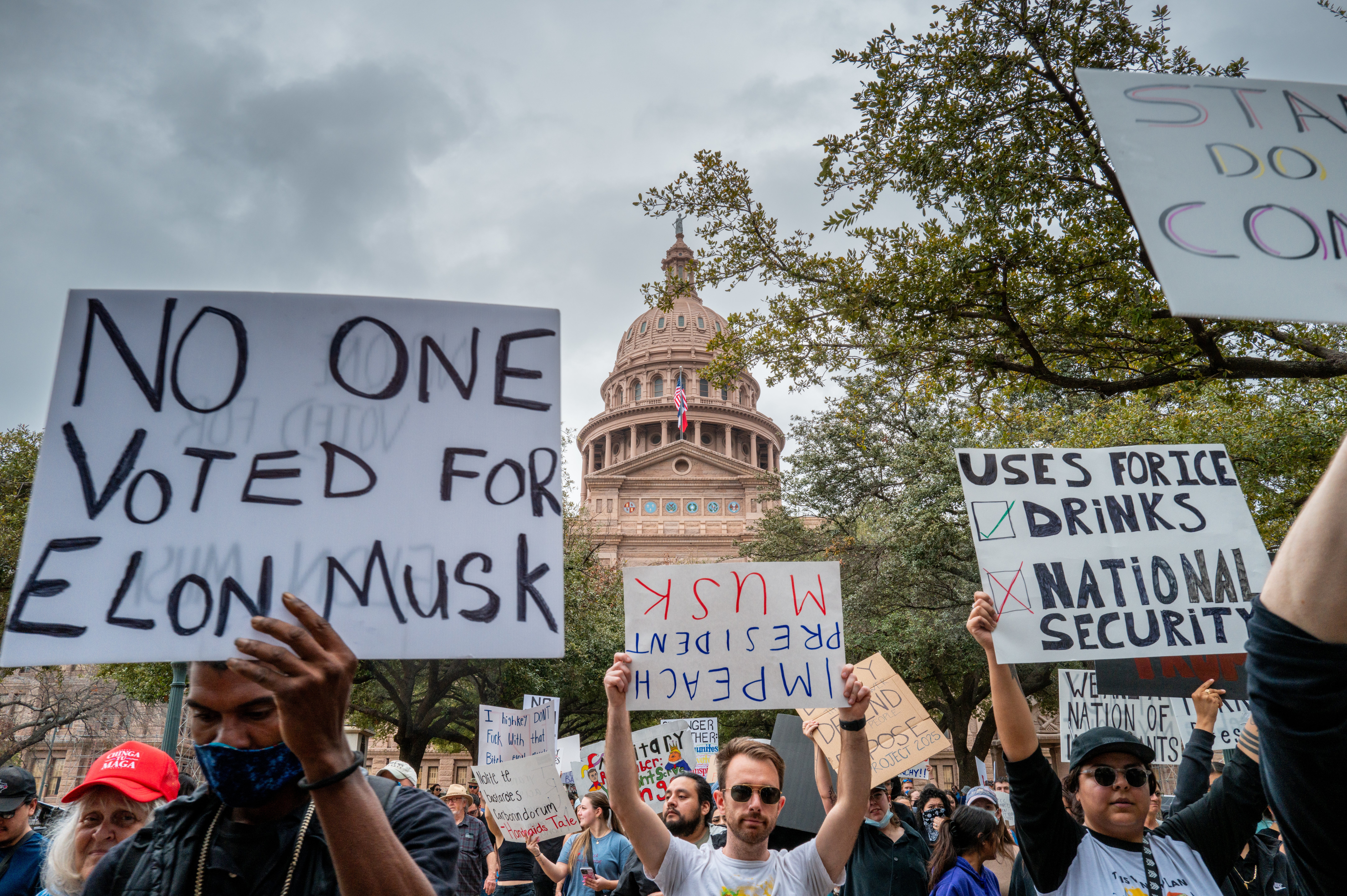
To Connett’s knowledge, Musk has only appeared publicly in Bastrop once – after the completion of two tunnels under the road that separated The Boring Company and SpaceX. “When his boring machine finally emerged from under the road and popped back up where the SpaceX building is, he came with two of his kids. They laid out the red carpet and he recorded a little video that he posted on Twitter. ‘Oh, wow, a foam party,’ he said. They use this foam to keep the boring machine smooth and running, and yet we still don’t know exactly how toxic it is. For him, it’s a funny joke. And for us, we were thinking, ‘You’re tunnelling under our roads into our aquifer.’”
The Tanners’ daughter Ellen works as an artist in Bastrop, and lives in a pretty 1940s home near the centre of town. Back in the spring of 2023, she attended a meeting held by the Texas Commission on Environmental Quality (TCEQ) after The Boring Company made a request to dump 140,000 gallons of treated wastewater per day into the Lower Colorado River.
Since it began construction, Boring has been issued with a number of environmental violation notices. The week I meet with Ellen, an administrative court hearing is taking place in Austin, looking into a permit application from a separate wastewater facility near SpaceX that wants to increase the amount of treated effluent poured into the river from its current limit of 50,000 gallons per day to 510,000 gallons.
Ellen says that when Musk began building in Bastrop, she was curious; she understood that Texas always marched to the beat of economic growth with very little concern for the environment, but Musk owned an electric car company, and because of that she wasn’t overly concerned.
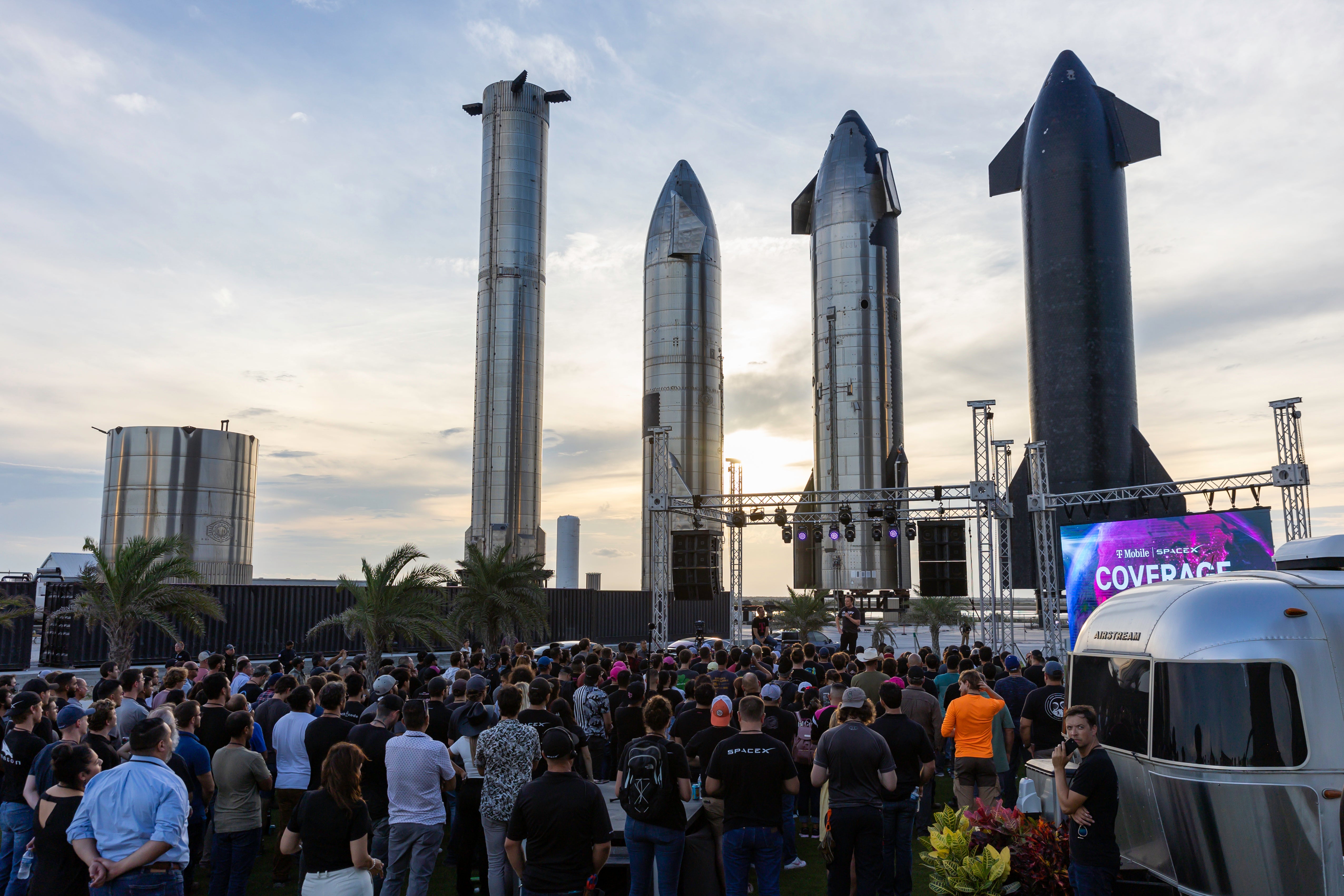
“When we first moved here, it was farms and fields and pastures. Now there are a lot of housing developments going up, and just driving along Route 969 you can see all the development and the gravel mines. I’d boat in the river today, but I don’t think I’d do a ton of swimming.”
Steve Box, a local environmentalist, says the stretch of the Lower Colorado River that runs past SpaceX and Boring can’t handle more wastewater without further damaging what he believes is its declining health. Box argues that the TCEQ has failed to monitor the river adequately, even as development along its banks has surged (in a statement, the TCEQ said it had a long history of monitoring water quality and had met all federal requirements for monitoring).
Box tells me that earlier this year, his group, Environmental Stewardship, secured a significant victory, successfully pressuring The Boring Company and SpaceX to connect to Bastrop’s new wastewater facility instead of dumping hundreds of thousands of gallons of treated sewage into the river each day.
Judah Ross isn’t exactly a Musk loyalist, but he’s not a critic either. He seems to understand the position of both camps, bridging the divide between sceptics and supporters. Ross has lived in Bastrop with his young family since 2021. He sells property there through his Bastrop Real Estate Group, and offers to drive me around the town, pointing out the old and new.
Main Street, at least, doesn’t seem like it’s changed that much since I was last here in 2019 – there’s a cupcake shop, an Episcopal church, a store selling beads and crafts, and a bank, established in 1889, that’s still in operation – but Ross tells me that today those storefronts change hands for somewhere between $750,000 and $1m.
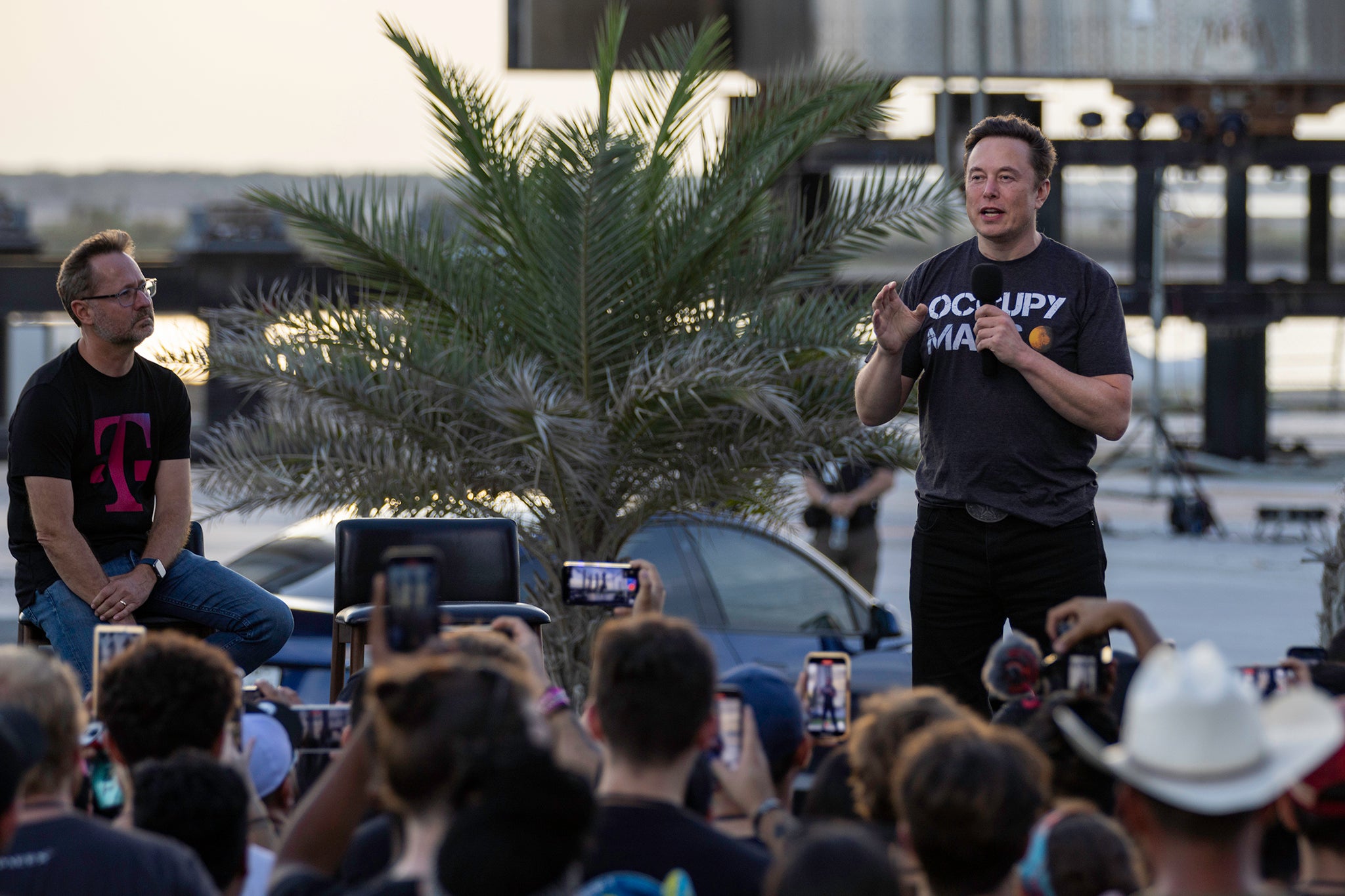
He has several friends who work for Musk’s companies, and says they are all happy with their jobs. “It’s really strict, the hours can be really long, you’ll be called in on weekends, but they don’t want people that are there just to collect a paycheck… You really have to have bought into the hype. I find, pretty consistently, they’re very much Elon fans, and I find they generally align with him philosophically.”
Before we part company, Ross shows me some drone footage he shot of Snailbrook. A metal sign welcomes residents; there’s a gym, 16 mobile homes, pickleball courts, and a swimming pool, but not much else at the moment. In an article published in 2023 about Musk’s intention to build a “utopia” along the Lower Colorado River, The Wall Street Journal reported that plans showed the site would eventually have 110 homes and a school. Musk tweeted that the WSJ article about Snailbrook was false, without elaborating.
Ross says that while Bastrop still felt like a small town, rising property taxes are a concern, and he’s seen house prices double in the time he’s been there. There are two types of people in Bastrop, he says: “those wanting growth, and those who are anti-growth”.
One place where former Musk employees seemingly let rip is on Reddit threads devoted to subjects such as “what it’s like working for Tesla right now”. One person who claimed to work in the company’s energy division wrote: “The sentiment [has] always been that we hate Elon but we believed in the mission (accelerate the world’s transition to sustainable energy). So a lot of us kinda put our heads down…” But, they added, after waves of layoffs, “there’s been a change in vibes within the company”.
Another wrote that leaving Tesla was the “best decision I could have made for my mental sanity”. “Elon is temporary, the planet is forever” wrote another.

One former Boring Company engineer, who agreed to speak on condition of anonymity, tells me he eventually left because of the “impossible schedules [imposed] on the engineers”. “We were working 12, 14-hour days, and if you couldn’t do that, then you’d get fired. They had a policy of unlimited personal time off; that as long as it didn’t impact your job, you could take all the time you wanted. And of course, nobody could ever take time off, because their job would always be impacted if they didn’t work the next day. So it was just not a fun culture to be around.”
He tells me he saw Musk one time while he was working for the company in Bastrop. “He came out to visit the facility, and the word was ‘Don’t look him directly in the eyes. If he comes up to talk to you and asks what you can do better, you should have an answer ready.’ He was surrounded by bodyguards, and it was like the King had come. Everybody was parting ways for him. It was pretty funny.”
The former employee says Musk’s businesses have affected Bastrop in profound ways. “They’ve built so many houses and apartment buildings to accommodate all the people there, and the roads haven’t kept up. The traffic has just gotten horrible,” he says.
Several emails sent to Musk’s companies asking for interviews and comment went unanswered. The local NPR (National Public Radio) affiliate in Austin, which covers Bastrop, recently aired a story on how Tesla owners felt about their vehicles since Musk had joined the Trump administration. For years, it said, Musk had appeared politically neutral, and owning a Tesla had been a “badge of honour for climate-conscious consumers, many of them liberals”. Now Tesla owners found themselves “being plagued by social pressure, random targeting, and – sometimes – deeply personal ethical battles over keeping their cars”.
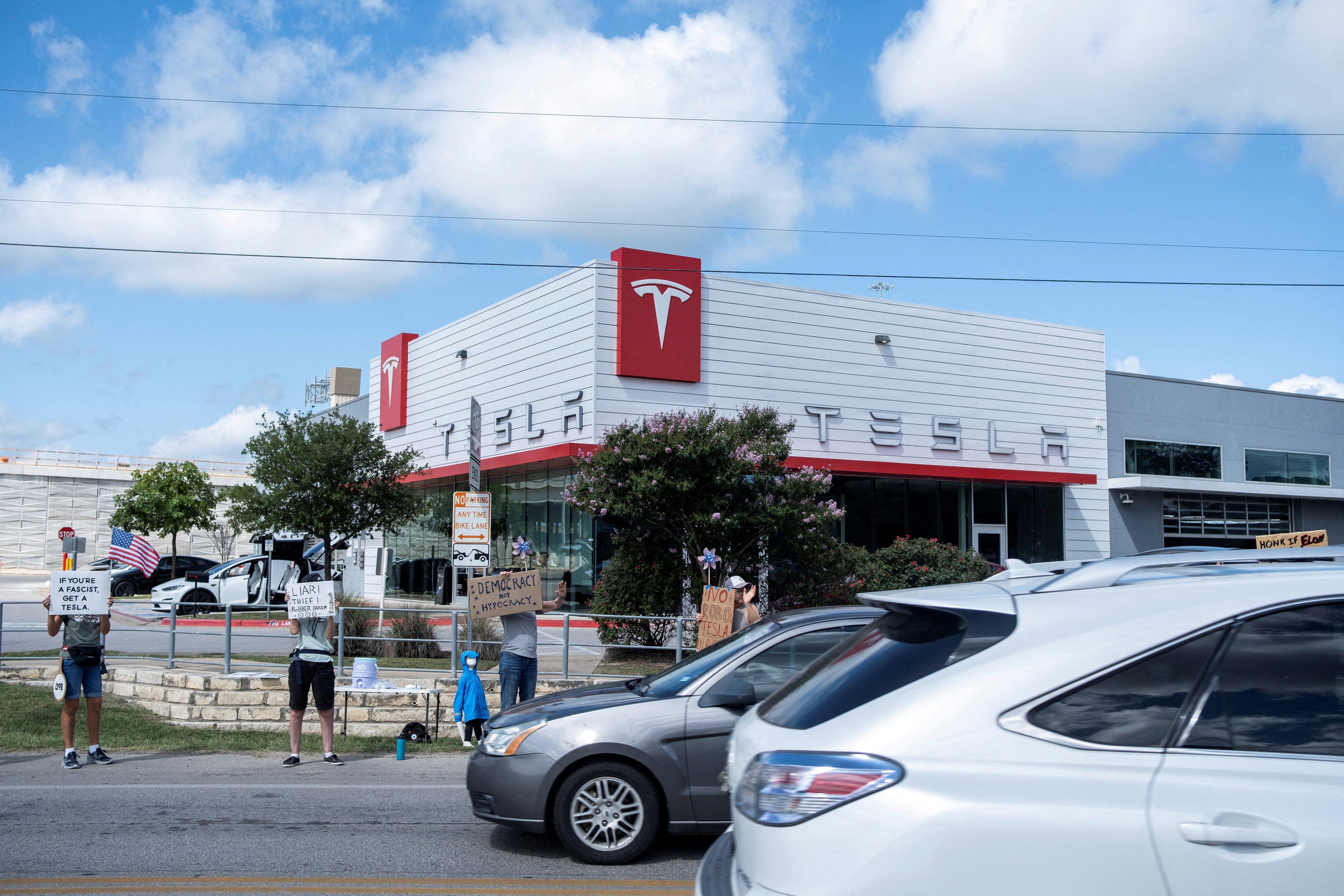
As “Tesla Takedown” protests spread across the US, one Tesla owner in Dallas filed a lawsuit seeking $1m in damages after his Model X was reportedly vandalised. The claim included compensation for vehicle repairs, financial loss, and emotional distress, according to CBS News.
Austin isn’t just the home of Tesla headquarters. According to journalist Dan Solomon, writing in Texas Monthly, the city has historically been the largest consumer market in Texas by a wide margin. “If Austin consumers reject Tesla, the company won’t make up those lost sales in rural Texas,” wrote Solomon.
Not every longstanding resident is anti-Musk. Ken Kesselus is a former mayor of Bastrop, and says that “the speed and the dynamic of the transition lately is extraordinary”. He claims that the influx of new people to Bastrop, attracted by jobs at SpaceX and Boring, “has improved the quality of the people we have in city and county government, people that volunteer for our various social service organisations”. He believes that they bring “a perspective that the old timers probably never would have thought about. So I think we’ve been really enriched by that.”
While it’s likely that Bastrop will never be as large as its big city neighbour, Austin, just 30 miles away, does represent one possible model for what the future might hold, particularly in the way that it’s been transformed by the tech boom. The New York Times called its real estate market a “madhouse”, where everyday people were forced to think like speculators. It is the only fast-growing US city in which the Black population is shrinking.
It’s no wonder, then, that longtime Bastrop residents are looking west along Highway 71 and wondering if something similar will one day happen to them. Change is coming. Fast.
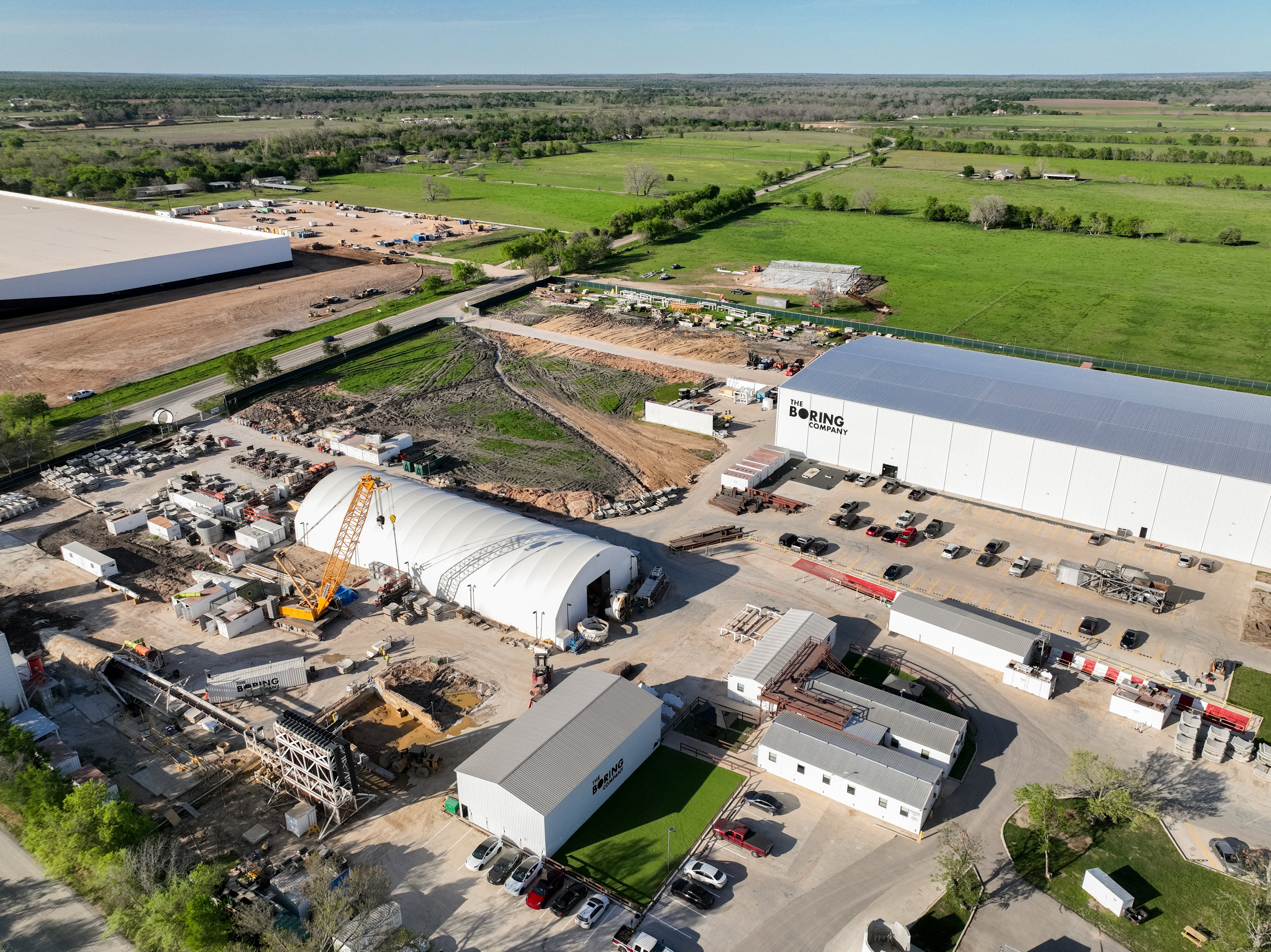
The picture 350 miles south of Bastrop is not too dissimilar. SpaceX began construction on its Boca Chica facility in 2014, and the first test flight from the site took place five years later. Since then, it’s evolved into Starbase, SpaceX’s hub for rocket ship development and testing – and a mini town, where the site’s workers live.
I visited Boca Chica some years back, and drove the empty road from Brownsville – the last major city before the border between the US and Mexico ends in the Gulf – to Boca Chica Beach. The landscape felt desolate: just stretches of loamy fields and the occasional Border Patrol checkpoint, where agents stopped to check vehicles heading west. The road ended at the ocean, where a few fishermen cast their lines, hoping to hook a blacktip shark. In the distance, beyond the dunes, you could see the towering mesh of steel belonging to SpaceX’s launch facility.
Last summer, a Texas environmental inspector found that SpaceX had illegally discharged industrial wastewater four times into the Gulf of Mexico – the most recent of a spate of citations for violating regulations. A year before, its first test of its Starship rocket destroyed the launchpad, propelling concrete debris into an endangered species habitat nearby and sparking a 3.5 acre fire in Boca Chica state park.
Environmental groups have sued SpaceX and the Federal Aviation Administration for approving the launches. Meanwhile, SpaceX aims to ramp up its rocket launches to 25 times a year. Activists, fearing ecological damage and restricted beach access, want to see a full environmental review. On 6 March this year, another rocket exploded after launch, with debris raining down over parts of Florida and the Caribbean.

It’s here that Musk’s plans for a company town are even further advanced than in Bastrop. In 2021, Musk announced on Twitter that he was “creating the city of Starbase, Texas” in Boca Chica, an unincorporated community. Shortly afterwards, SpaceX began buying up existing homes in the area and turning them into employee housing. Brand new Airstream RVs arrived. Reports said locals were concerned that the development would come at a huge cost to the local environment.
In February, Cameron County, where Boca Chica is located, approved a measure for a vote that – three months later – confirmed Starbase as its newest city. The majority of signatures on the petition belonged to SpaceX employees. It noted that the company owns almost all the homes and land in the proposed area, with only a few exceptions. It also said that the new town’s sole candidate for mayor was SpaceX security manager Gunnar Milburn.
American company towns founded at the beginning of the 20th century – places like Hershey, Pennsylvania, home of the chocolate factory, or Pullman, Illinois, built for employees of George Pullman’s railroad car company – were, according to Hardy Green, who wrote a book on the subject, built by wealthy industrialists who envisaged utopian settlements for their employees. But, Green has said, history shows that often the relationship between employer and employees was contentious, particularly when workers unionised and went on strike.
It’s too early to say whether a similar reckoning awaits Musk in places like Bastrop and Starbase, but the outlines of a familiar dynamic are emerging: tightly run operations, long hours, and employees expected to buy into the company’s ideology. History suggests that harmonious conditions in company towns rarely last for ever.
Back in Bastrop, at the museum and visitor centre, assistant Rachel Hatch tells me that Bastrop is named after Dutch businessman and settler Philip Hendrik Nering Bogel, who went by the name Baron de Bastrop. Bastrop claimed he had left the Netherlands in the late 1700s because he was fleeing the French invasion, although legend has it that he was actually avoiding prosecution for embezzlement.
Bastrop was a savvy entrepreneur, but he was also shady and a scammer, Hatch tells me. “People like to compare Elon Musk to Baron de Bastrop, but it’s kind of unfair.” She doesn’t elaborate on which of these men it is unfair to.

